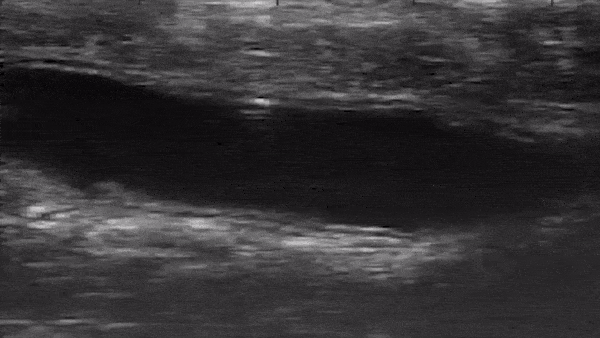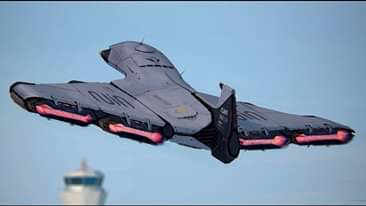Circa 2019
Scientists worked out how to create breathable oxygen and fuel for electronics from water in zero-gravity without electricity for long distance space travel.


A very high speed camera.
Wang’s newest camera called, which has the wordy moniker “single-shot stereo-polarimetric compressed ultrafast photography” (SP-CUP), builds on previous iterations that were capable of shooting at even faster rates, some of them capable of shooting up to 70 trillion frames per second.
But what the new Caltech camera brings to the table is its ability to perceive the world more like humans can. The human eye’s depth perception relies on there being two of them — and the new rig can pull off the same stereoscopic trick.
“The camera is stereo now,” Wang said in a statement. “We have one lens, but it functions as two halves that provide two views with an offset. Two channels mimic our eyes.”

A short story.
A very short story with a long ending.
“What did you do in the Great Cyberwar daddy?”
What can I say? The answer is pretty much what everyone else did, which is try and s urvive. In other words, nothing. The first we all knew about it was when the electricity went off, and did not come back on again. Then other utilities, water, gas and phones. Then the Net itself went down and everyone was in the dark both literally and figuratively. All of that within the space of a few hours. For some it happened overnight and they awoke to a broken world. Most cars still ran, for a while, although GPS was also out. Self driving cars didn’t. When the fuel ran out the gas stations were not pumping (no electricity), the supermarkets along with everyone else could not buy or sell because the payment systems were offline. Within 24 hours looting broke out on a global scale from the richest nations to the poorest and martial law became the new norm.

Stem Cell Therapy on MP3.
The results of one empirical study have been recently published. The researchers of this study examined the effects of intravenous MSC therapy on patients infected with the COVID-19 virus[1]. It was demonstrated that intravenous administration of MSCs drastically reduced d…

A rectangular robot as tiny as a few human hairs can travel throughout a colon by doing back flips, Purdue University engineers have demonstrated in live animal models.
Why the back flips? Because the goal is to use these robots to transport drugs in humans, whose colons and other organs have rough terrain. Side flips work, too.
Why a back-flipping robot to transport drugs? Getting a drug directly to its target site could remove side effects, such as hair loss or stomach bleeding, that the drug may otherwise cause by interacting with other organs along the way.

Article on the soldiers of the very near future. This is when Internet of Things is used for military purposes allowing better situational awareness.
ENVG-B is still being fielded across the force, but the Army is already developing a next-gen system, a set of augmented reality targeting goggles — a militarized Microsoft HoloLens — known as IVAS. The Army’s also developing an Adaptive Squad Architecture to ensure all the different technologies going on a soldier’s body are compatible.
“ENVG-B is a system of systems,” Lynn Bollengier of L3Harris Technologies said at this week’s annual Association of the US Army conference. These systems include integrated augmented reality aspects from the Nett Warrior tablet, as well as wireless interconnectivity with weapon sights.
Combined, that means a soldier wearing the ENVG-B can look through their binoculars, turn on the camera in their rifle’s sight, and point that sight around a corner to see and shoot, without exposing anything more than their hands or the rifle.


For the first time, an Ebola therapy has been approved for use. The Food and Drug Administration on Wednesday approved Inmazeb, an antibody cocktail made by Regeneron Pharmaceuticals.
With the approval, there are now both a vaccine — Merck’s Ervebo — and a therapeutic to battle Ebola Zaire, tools that for decades were out of reach for Ebola, which is one of the deadliest infections known to humankind. There is currently an outbreak in the Democratic Republic of the Congo, the third in the last three years in that country.
“This is the first time the FDA has approved a treatment specifically for Ebola, which has caused a number of deadly outbreaks,” said George Yancopoulos, Regeneron’s president and chief scientific officer, in a statement. “As we apply the same sophisticated technologies and manufacturing capabilities against COVID-19, we hope this will be one of many demonstrations of how the power of science can be successfully deployed against dangerous infectious diseases.”

